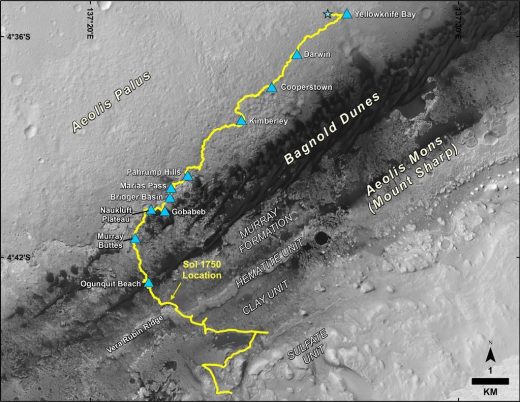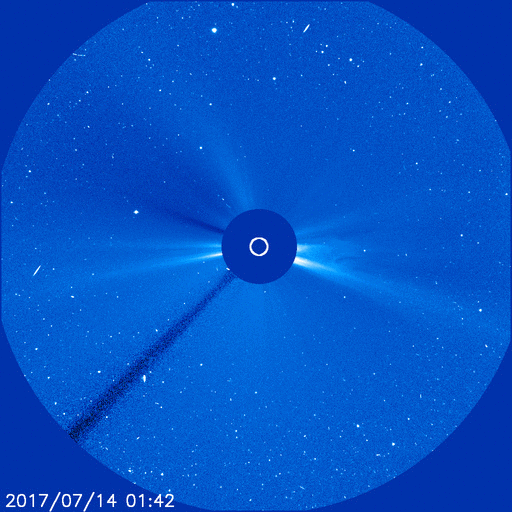The guests and topics of discussion on The Space Show this week:
1. Monday, July 17, 2017; 2-3:30 pm PDT (4-5:30 pm CDT, 5-6:30 pm EDT) : We welcome Karl Hoos & Elise McGill of Valt Enterprises to discuss hypersonic tests and flights.
2. Tuesday, July 18, 2017; 7-8:30 pm PDT, 10-11:30 pm EDT, 9-10:30 pm CDT: We welcome back Dr. Ajay Kothari to discuss his lunar development plans. See his PDF Presentation as I have uploaded it to the blog.
3. Wednesday, July 19, 2017: Hotel Mars with John Batchelor, Dr. David Livingston and LTC Johnson who is the Director of the NASA Planetary Defense Department.
4. Thursday, July 20, 2017: 7-8:30 pm PDT, 10-11:30 pm EDT, 9-10:30 pm CDT: On this special day we welcome back Rand Simberg and Bill Simon to discuss the EVOLOTERRA Ceremony (newly revised) which communicates our landing on the Moon.
5. Sunday, July 23, 2017: 12-1:30 pm PDT (3-4:30 pm EDT, 2-3:30 5 pm CDT): OPEN LINES. This is the show where you the listener get to talk about what is on your mind. Keep it space and science related. First time callers welcome. Calls before emails. Step up and be heard!
See also:
* The Space Show on Vimeo – webinar videos
* The Space Show’s Blog – summaries of interviews.
* The Space Show Classroom Blog – tutorial programs
The Space Show is a project of the One Giant Leap Foundation.





